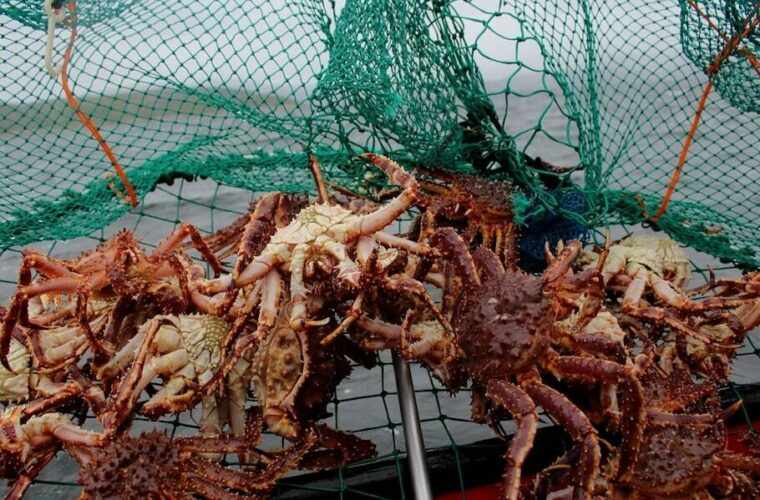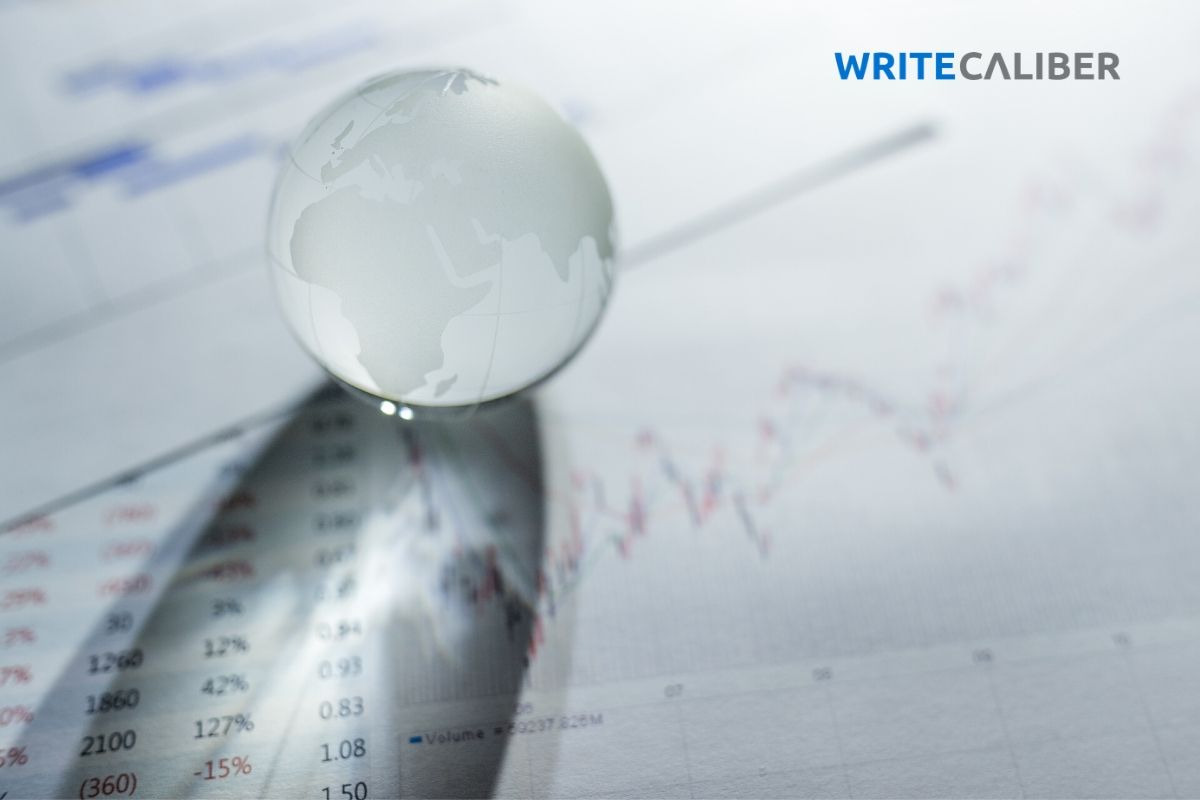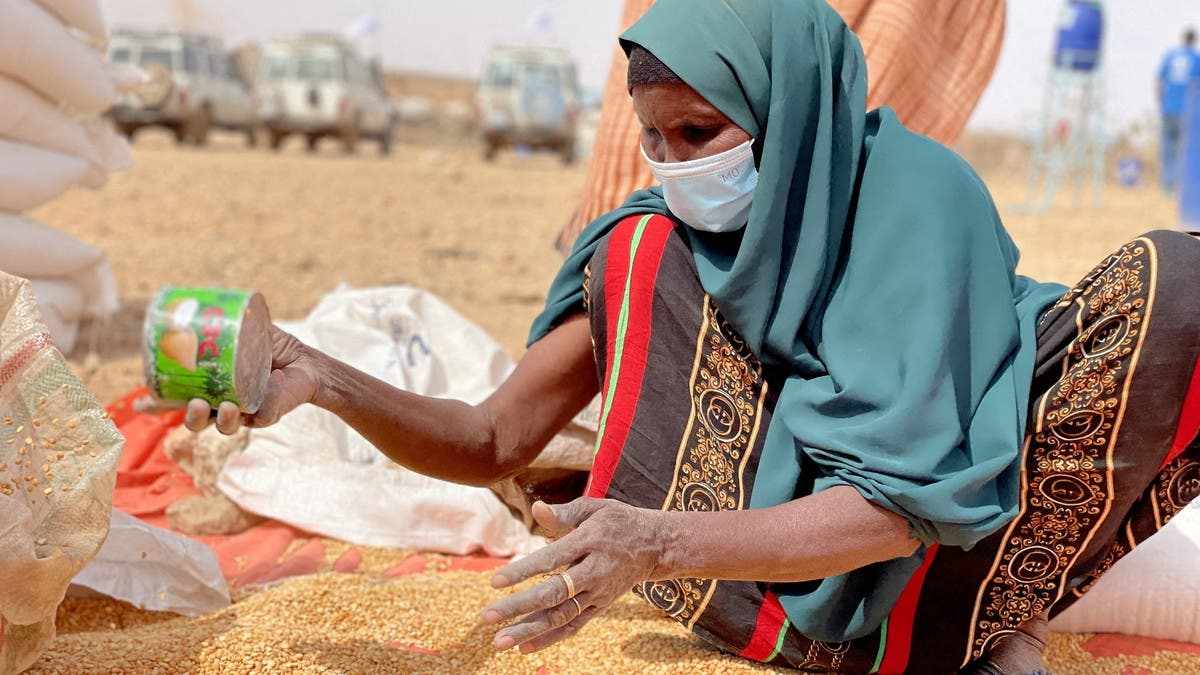Why is peat a concern for the environment – and what alternatives can gardeners use?
- Date: 29-Jun-2021
- Source: The Telegraph
- Sector:Agriculture
- Country:Middle East
Why is peat a concern for the environment – and what alternatives can gardeners use?
You can't scroll through Instagram these days without seeing a new plant mum or dad - beaming with pride as each day their beloved green things grow. However, what few gardeners seem to appreciate is that most commercially available plants are still grown in peat-based compost, despite the fact that the mining of peat is now widely condemned as unsustainable, environment-wrecking and carbon-emitting. Like coal or oil, peat is effectively a finite resource. It does regenerate, but only forms at a rate of 1 mm annually. Despite the millennial gardeners and younger generations being reasonably clued up on environmental matters and ways to live a more sustainable lifestyle, few budding houseplant lovers seem to be aware of the peat issue. Despite social media campaigns such as #PeatFreeApril and the disapproval of TV gardener Monty Don (along with the rest of the gardening media), the reliance on peat in the horticulture industry is still not a widely shared subject on social media. However, there are signs that change is slowly coming - Dobbies, for example, the UK's largest garden centre retailer, confirmed on June 25 that it will be peat-free in six months, in relation to bagged compost, bringing forward the






















